
Bagging The Fours – The 400m Hills of England
With peaks such as Catbells, Dufton Pike and Chrome Hill among them, The Fours, the list of England's 400-500m hills, is big on quality if not altitude. The list has recently undergone a major revision. Aled Williams and Myrddyn Phillips explai...



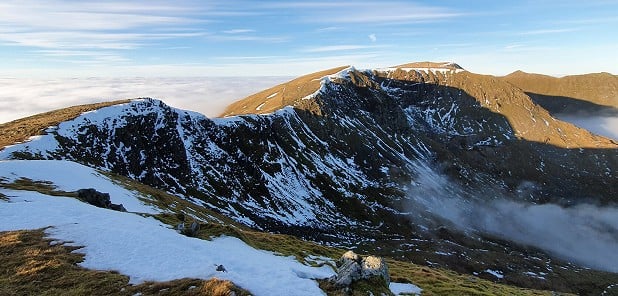
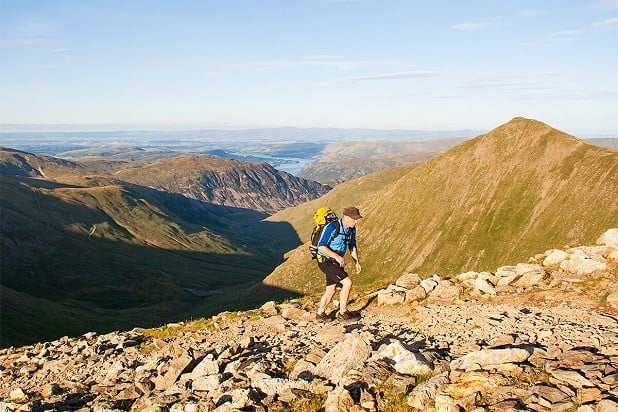
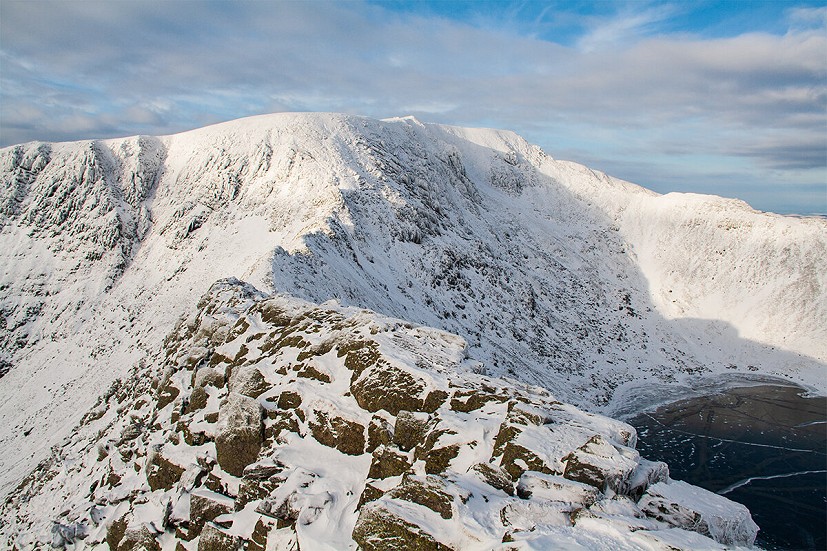
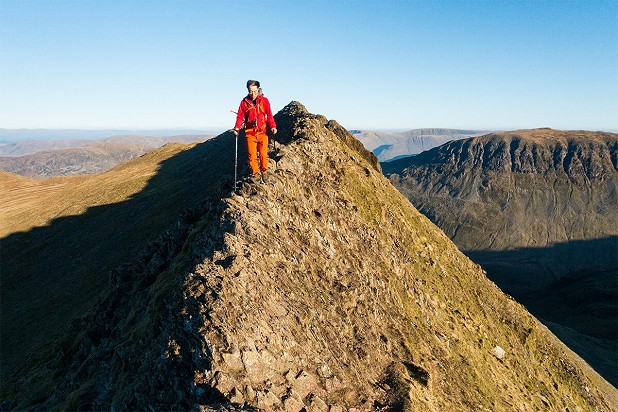
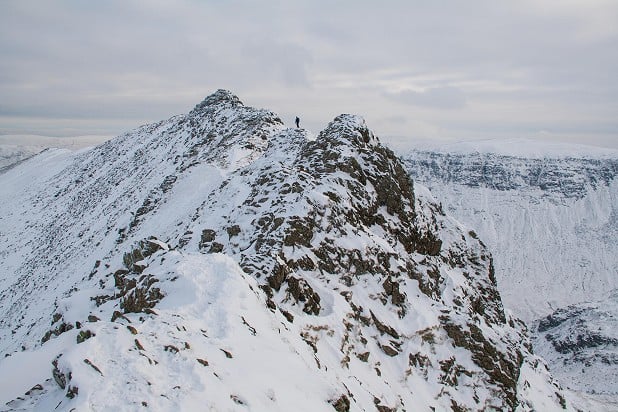
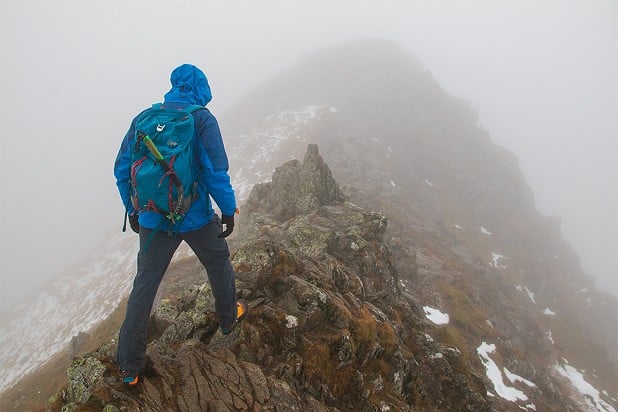
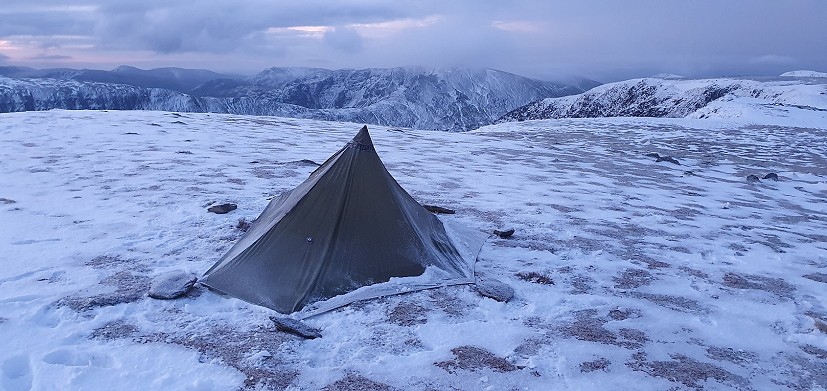

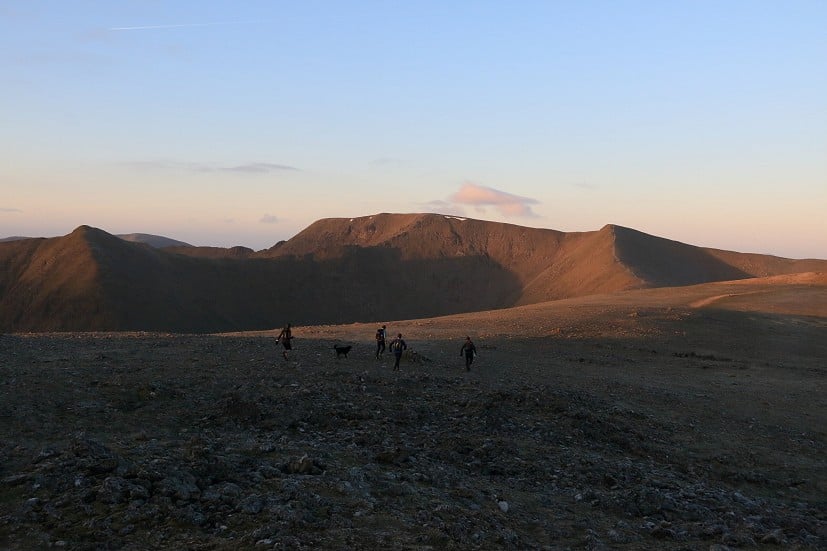

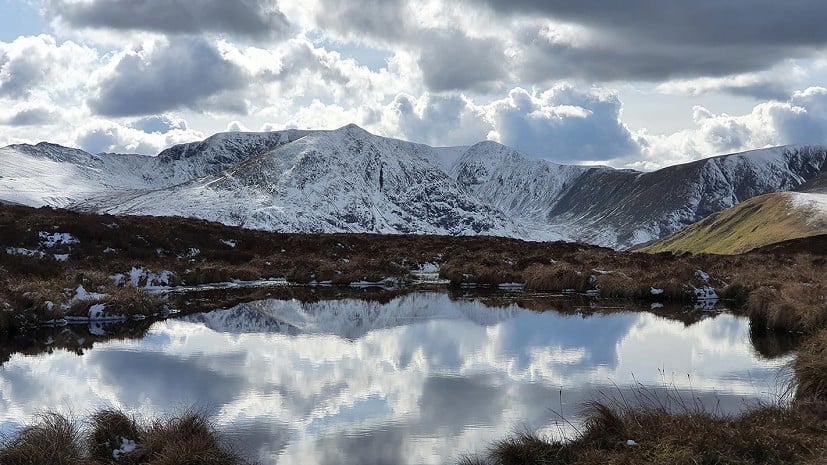





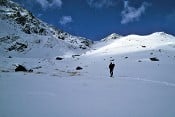
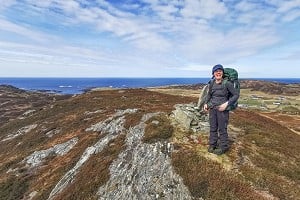
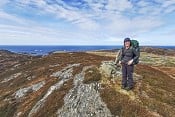
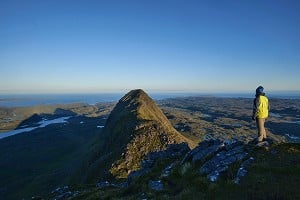
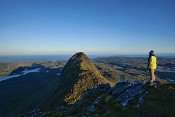
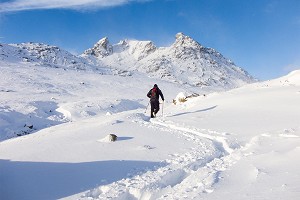
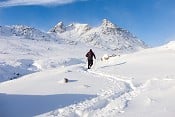

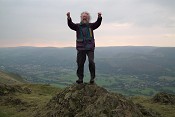
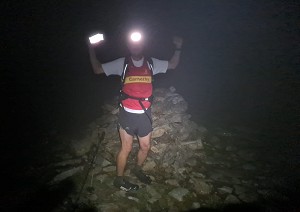
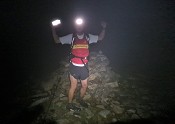
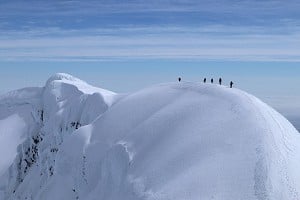
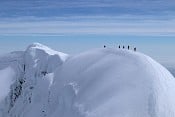
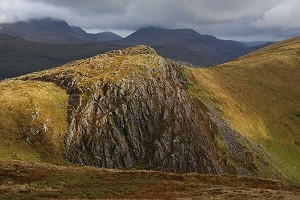
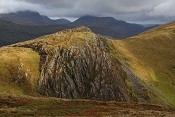
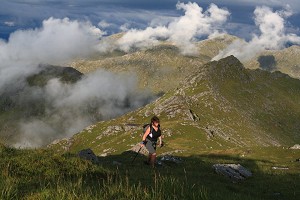
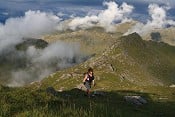
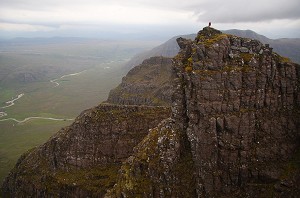
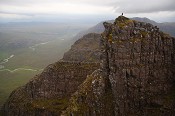
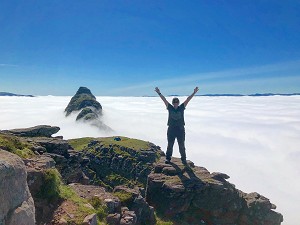
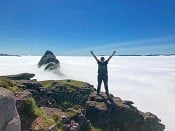

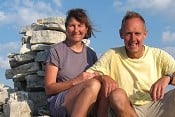
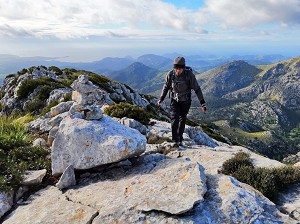
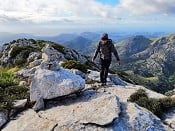
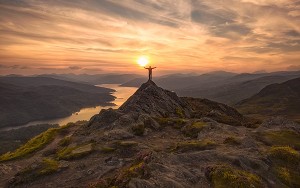

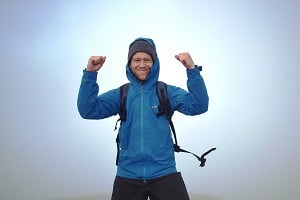





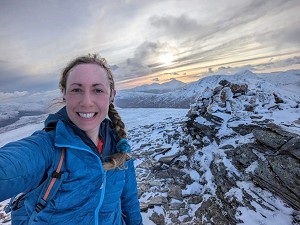
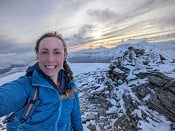
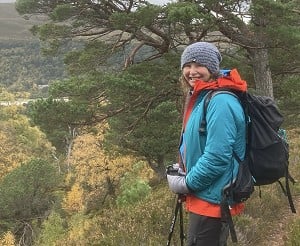
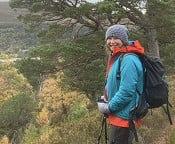
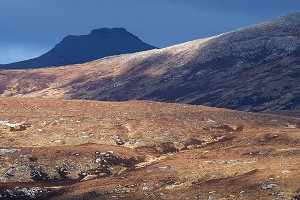

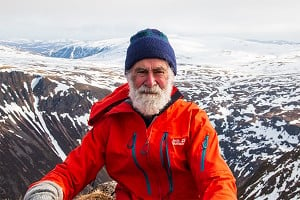
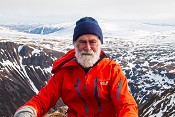


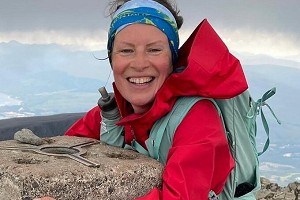
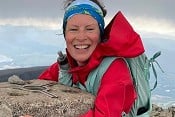
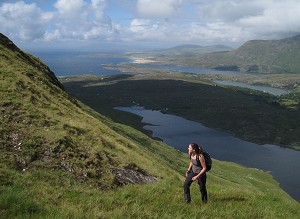

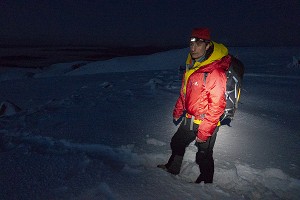
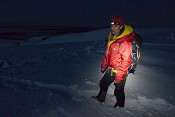
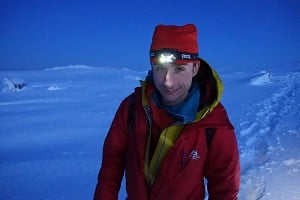
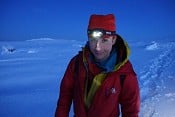
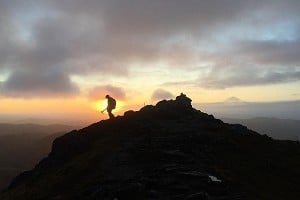

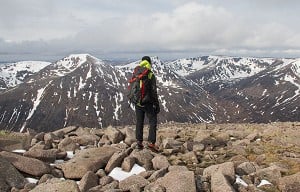
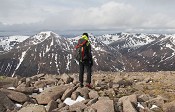
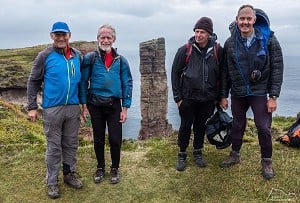
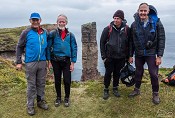


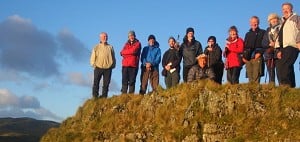

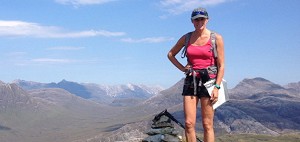

Comments
Love the spirit behind this article.
Some of the best times in the mountains are finding a lonely fell and just sitting down awhile and taking it all in. There's no rush.
As a crowd hater I realised early on in life that summits were often full of what I don't go to the hills for - people! Obviously, as a hill walker you'd want to visit on some occasions. When I was Munro bagging we'd often use the SMC book for ideas but then explore the map for other ways to camp and traverse the summits. The OS map was (and remains) a constant source of ideas for places to explore - often just seeing an unusual name will spark an idea for a walk. I've been on popular fells where a visit to the top just didn't appeal that day so we contoured around the mountain at a fairly consistent height exploring outcrops or little tarns and saw no-one else.
Having started my hill walking most weekends on Kinder Scout, the summit was rarely the focus. But it was an interesting exercise to locate it (approx), in the days before GPS and altimeters were common.
It’s also a good way of exploring the alps. Don’t go for the summits but traverse the cols and faces and hanging valleys and glaciers below, using bivouac huts for the nights.
Thanks ah. I've always liked the observation that we're human beings not human doings.
In an achievement-obsessed culture, it becomes an increasingly radical act to just sit and stare.
Thanks Lankyman. Yes, the issue seems even more acute in Scotland, where a Munro peak is often so remote as to leave only one practicable route as an out and back in a day. So everyone concentrates on exactly the same metre-wide strip of land from the tarmac to the cairn, and the corries go untrodden from one decade to the next. I love going off-piste and discovering some hidden glen unmentioned by the guidebooks.